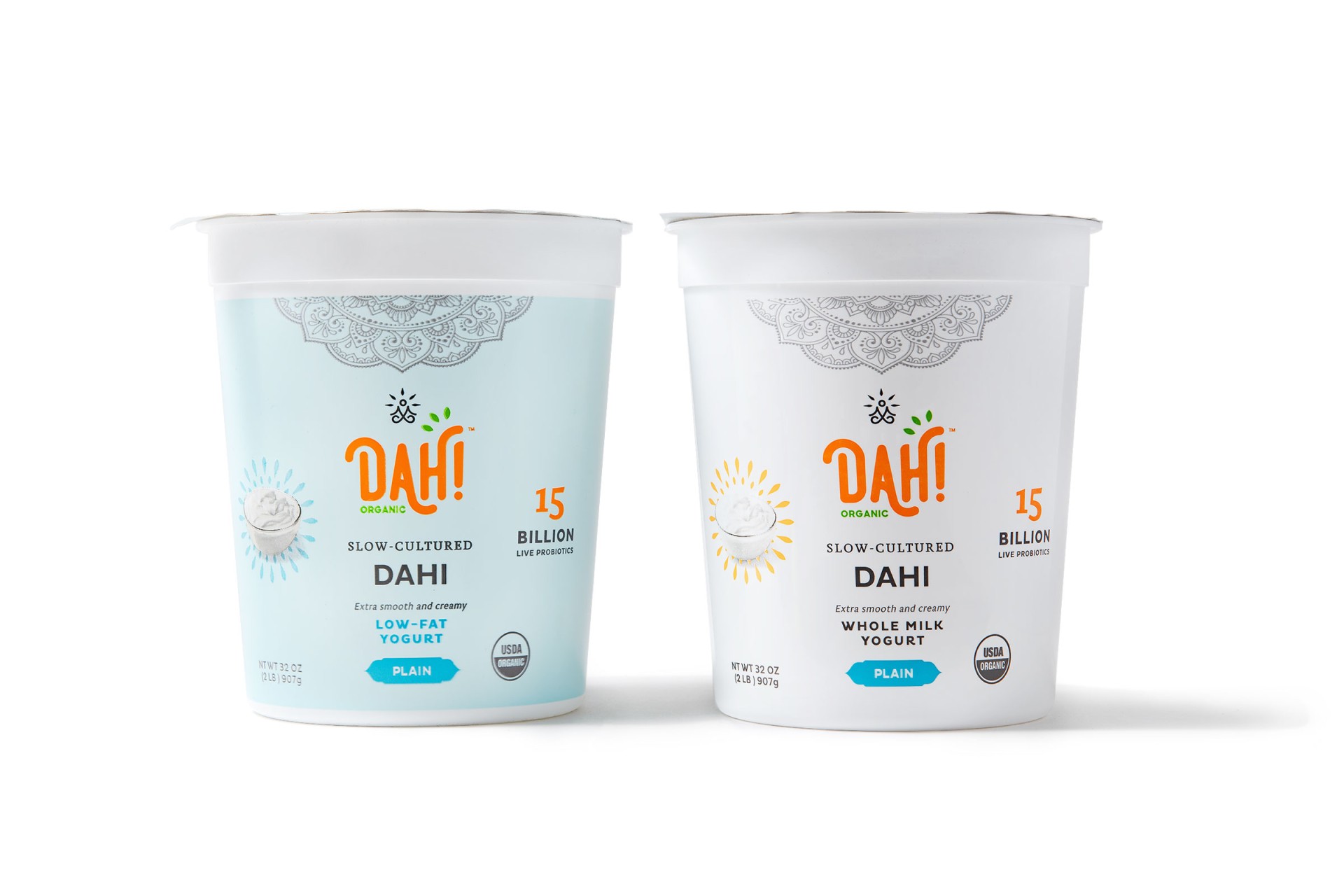This month I have the pleasure of having as a guest a Chef and a dear friend who, just like me, has been passionate about cooking and food since our early ages. I have the pleasure of introducing to you Chef Erny Lombardo.
Chef Erny Lombardo: Pioneering Climate-Smart Cuisine
His passion for cooking was born as a child, as often happens, thanks to his family and his mother who revealed to him the aromas and flavors of traditional dishes between the walls of the house or the market stalls in Naples; thus, among the fragrances of the octopus broth, the rice sartù or tantalized by the sweetness of a pastiera or a puff pastry, Chef Erny began his journey as a chef, from his apprenticeship in the kitchens and restaurants to becoming the testimonial of traditional Neapolitan cusine. In fact he drew inspiration from the family’s Neapolitan tradition, without forgetting the French origins of some preparations landed in past centuries in the south of our peninsula.
That Italy-France union which in 1700’s gave birth to the so-called Monzù cuisine.
In the end of the 17th and beginning of the 18th century every French noble house could boast a “Monsieur”, a personal chef who took care of cooking for the master of the house, it was equally true that in that period the cuisine, especially the French one, was very simple and did not count a large number of recipes.
The main ones were the Sartout, the Gateau and the Ragout.
Tired of this simplicity, the court nobles decided to send the chefs of the main families abroad so that they could learn new cooking techniques and enrich the recipes.
Some French chefs also arrived in Italy, where they came into contact with the cuisine of the Kingdom of the Two Sicilies.
Thus it was that French and Neapolitan chefs gave life to new dishes and a new type of cuisine which was renamed “Monzù“.
Thanks to his passion for Monzù cuisine, chef Erny opens his first restaurant in the centre of Milan called Teatro dei Monzù. This project involved the presentation of 2 different types of cuisine: French Neapolitan and traditional Milanese. In fact, the chef has always wanted to emphasize the unions of traditions in the kitchen, whether from different periods or different origins, and also combine a part of folkloristic entertainment typical of the eras he represents. This project of his had such resonance at a national level that led him to be invited to several television talk shows, where he was able to describe thoroughly how his passion for traditional Franco-Neapolitan cuisine has marked his gastronomic journey. In 2010 he wrote his first book entitled: “A Squgnizzo behind the stove”. Subsequently, he wrote two more: “Passione Cucina” and “L’acqua sul fuoco” (a recipe book written by Italian firefighters and revisited by chef Erny). These three books are a collection of unique recipes, which explain in detail how a dish can be made even in a non-professional context but in any home, so that we can enjoy all the nuances and flavors that he describes to us with the passion that distinguishes him. In the last book there are also notes on safety in the kitchen and how to behave in case of any type of emergency we encounter in the kitchen.
His success was important and today chef Erny Lombardo has become the spokesperson and brand ambassador of multinational companies, manufacturers of kitchen equipment and accessories.
I met Chef Erny about 25 years ago, and we worked together in his restaurant. Since than we collaborated in several cooking shows, and since 2020 with the major lockdown we had in Italy caused by the Covid situation, we both thought that it was time for us to upgrade our techniques , so we attended a course at the ALMA INTERNATIONAL COOKING SCHOOL which certified us together with only other 160 Chefs in the world as: CLIMATE SMART CHEF.
But what is a CLIMATE SMART CHEF?
A “Climate Smart Chef” is a term that refers to chefs who are conscious and actively engaged in practices that promote sustainability and reduce the environmental impact of their culinary activities. These chefs prioritize using ingredients and cooking methods that are environmentally friendly and climate-conscious. Here are some key aspects of what a Climate Smart Chef might do:
Sustainable Sourcing by choosing ingredients that are locally sourced, organic, and grown using sustainable farming practices. They aim to reduce the carbon footprint associated with food transportation and support local farmers and producers.
Seasonal Cooking, in fact they emphasize cooking with seasonal ingredients, which are fresher, more flavorful, and require fewer resources to produce. This reduces the need for energy-intensive methods such as refrigeration and long-distance transportation.
Climate Smart Chefs are also committed to minimizing food and water waste in their kitchens. They creatively use food scraps, prioritize portion control, and implement effective food storage and preservation techniques. Many Climate Smart Chefs incorporate more plant-based dishes into their menus and reduce the use of animal products. Plant-based diets typically have a lower environmental impact in terms of greenhouse gas emissions and resource usage.
They employ energy-efficient cooking equipment and practices to reduce energy consumption in the kitchen. This can include using induction cooktops, energy-efficient ovens, and LED lighting.
Climate Smart Chefs implement recycling and composting programs in their kitchens to divert food waste and other materials from landfills. They may also use their platform and others communication channels to educate their staff and customers about sustainable food choices and advocate for policies and practices that address climate change and environmental sustainability.
Finally, Climate Smart Chefs work to reduce the carbon footprint of their operations by monitoring and optimizing energy and water usage, as well as implementing carbon offset programs.
The term “Climate Smart Chef” reflects a growing awareness of the food industry’s significant contribution to environmental issues, such as greenhouse gas emissions, deforestation, and biodiversity loss. Chefs who embrace these practices contribute to a more sustainable and environmentally responsible food system while also providing delicious and nutritious meals to their customers.
Sustainability is increasingly important in the food industry in many parts of the world. Italy is renowned for its diverse culinary traditions, high-quality ingredients, and rich gastronomic culture. However, these strengths are also closely tied to the country’s agricultural practices and the sustainability of its food production systems.
Here are some key reasons why sustainability is crucial for the food industry in the Italian market:
Preservation of Local Traditions: Italy takes great pride in its regional and local culinary traditions. Sustainable farming and fishing practices are essential to preserve the quality and authenticity of ingredients used in traditional recipes.
Quality Assurance: Italian cuisine is known for its emphasis on quality and taste. Sustainable agricultural practices often result in better-tasting and healthier ingredients, which are vital for maintaining the integrity of Italian cuisine.
Global Reputation: Italian food products, such as olive oil, wine, and cheese, have a strong global reputation. Ensuring sustainability helps protect and enhance the image of Italian food in international markets.
Environmental Concerns: Italy, like many other countries, faces environmental challenges such as climate change, soil degradation, and water scarcity. Sustainable agricultural practices can mitigate these challenges and contribute to environmental conservation.
Consumer Demand: Modern consumers, both in Italy and globally, are increasingly concerned about where their food comes from and how it’s produced. Sustainable and ethical food choices are becoming more significant factors in purchasing decisions.
Regulatory Framework: Italy and the European Union have implemented regulations and standards related to food safety and sustainability. Compliance with these standards is essential for access to domestic and international markets.
Tourism: Italy is a top tourist destination, and its cuisine plays a significant role in attracting visitors. Sustainability in the food industry can enhance the overall tourist experience and promote Italy as a responsible and eco-friendly destination.
Long-Term Viability: Sustainable farming practices ensure the long-term viability of agriculture in Italy, helping to prevent soil erosion, loss of biodiversity, and resource depletion.
To address these factors, various initiatives have emerged in Italy’s food industry, including efforts to promote organic farming, reduce food waste, support small-scale producers, and adopt eco-friendly packaging. Additionally, many Italian chefs, restaurants, and food businesses are embracing sustainability as part of their culinary philosophy and marketing strategy.
In summary, sustainability is of great importance in the Italian food industry due to its role in preserving culinary traditions, ensuring quality, addressing environmental challenges, meeting consumer demand, and maintaining Italy’s global reputation for exceptional food products.
Today Chef Erny Lombardo and I will present to you a typical sustainable Menu for you to be able to cook at home, so grab pen and paper and write down these tasteful dishes.
ORANGE RISOTTO WITH PARMIGIANO CREAM AND GUANCIALE CRUMBLE
INGREDIENTS FOR 4 PEOPLE
50 oz Carnaroli rice
2oz Guanciale (it can be replaced with bacon)
2 oranges
125 oz vegetable broth made with: 2 stalks of celery- 2 carrots- 2 onions- 2 potatos
4 oz of Parmigiano Reggiano
1 oz of fresh cream
¾ oz cold butter
Orange zest to taste
Salt to taste
PREPARATION
In a saucepan, dry toast the rice, add the salt and add all the orange juice while toasting. After stirring the rice for a few minutes and an orange cream begins to form, start adding the hot vegetable broth. In the mean time sizzle the guanciale or bacon cut in to small pieces until crunchy, and put it aside without its grease. For the Parmigiano cream, melt 2 oz of Parmigiano with a spoon of fresh cream. When rice cooking is almost finished (after about 14 minutes), turn off the heat and add the cold butter and then the grated parmigiano.
Spread the risotto on a flat plate, top it with a spoon of parmigiano cream and the guanciale crumble. Finally decorate it with a light grate of orange zest.
As a second dish, or a snack, we use the left over of the rice and we can prepare:
ORANGE RICE CROQUETTES
INGREDIENTS FOR 4 PEOPLE
Left over risotto (about 13 oz)
3 whole eggs
15 oz sunflower oil
4 oz Parmigiano Reggiano
6 oz Bread crumbs
Black Pepper to taste
PREPARATION
Pour the oil into a pan and bring it to a temperature of 350°. In the meantime, place the leftover rice, beaten eggs, parmesan and pepper in a bowl. Let’s form croquettes, pass them in the breadcrumbs to perfectly cover all the rice, and let’s fry them. Once you have finished frying, immediately turn off the pan, let the oil cool off, and put in a slice of stale toast. This technique will be helpful to absorb all the residues that are left in the pan after the frying, and the oil can be reused. To store it pour the oil in a dark glass container.
Finally, we use the left over orange risotto to make a nice dessert
ORANGE RICE CAKE
INGREDIENTS
Risotto leftovers
3.5 oz cow’s milk ricotta
1.70 oz white sugar
2 egg
Grated orange zest
PREPARATION
In a bowl, mix the ricotta, the eggs and sugar until you obtain a creamy mixture using a whisk.
Add the previously cooked orange risotto and mix with a spatula until you obtain a smooth mixture.
Pour the mixture in a non-stick mold like those used for muffins, and bake at 340° Fahrenheit for about 20 minutes. Let it cool and serve.
Read Also: Ambra, a Italian dining establishment led by Chef John DeLucie
I want to thank Chef Erny Lomabardo who this month reminded us how important traditions are, and how much they help innovation. The use of traditional recipes included in a circular cuisine and using revisited techniques help us to create delicious recipes, enjoy the ingredients in a healthier way, and above all to preserve our planet.
I encourage you to write me for more sustainable recipes, and let me know if you enjoyed the ones I described to you. As usual until next time, I see you in the kitchen. Ciao








